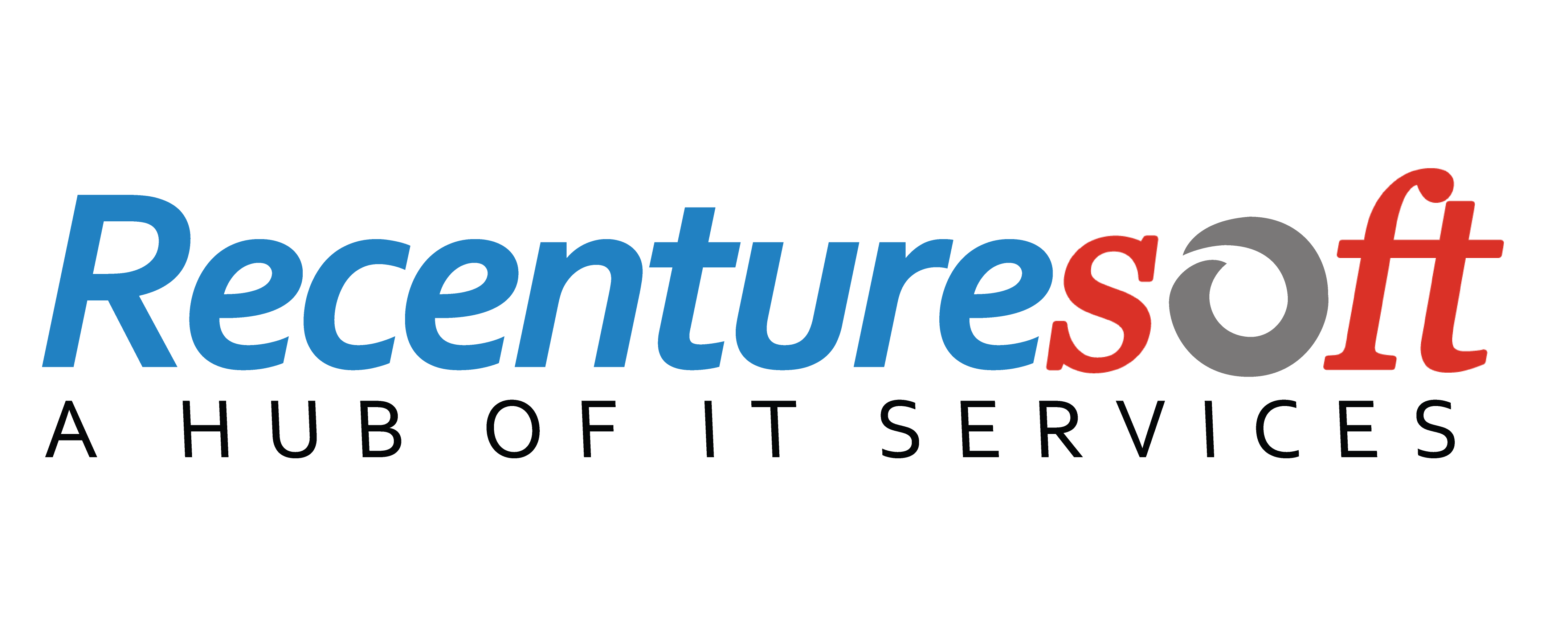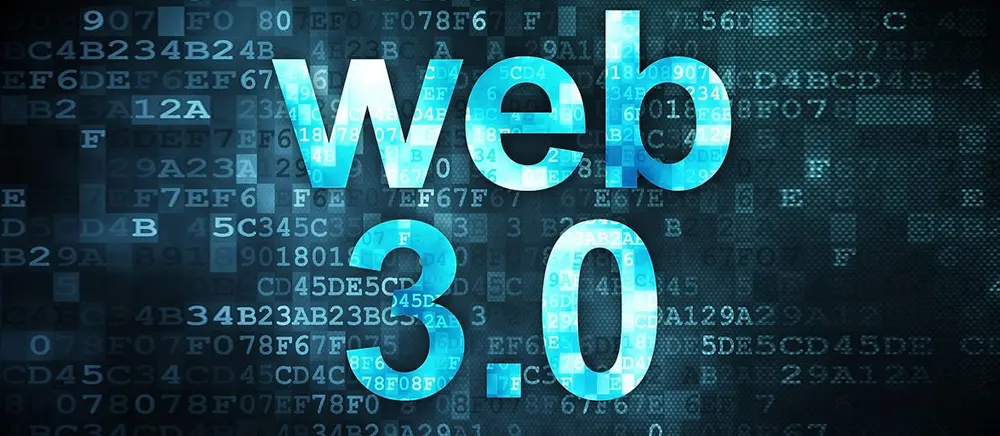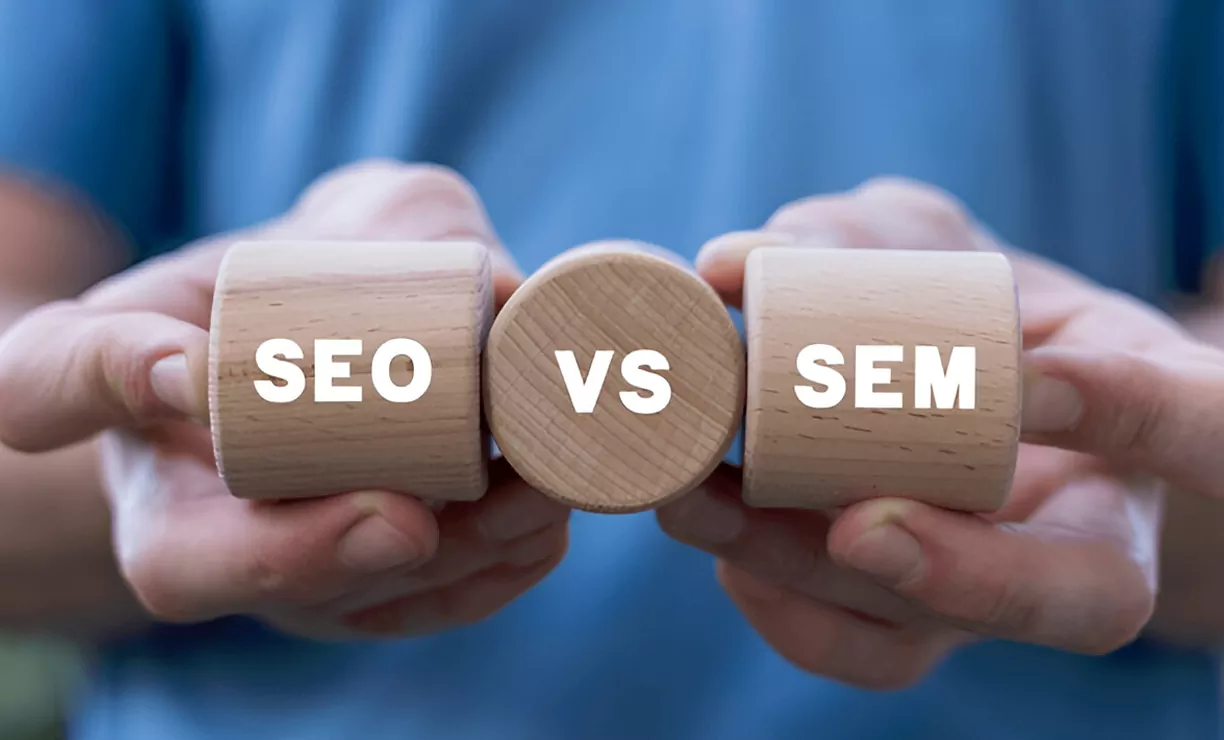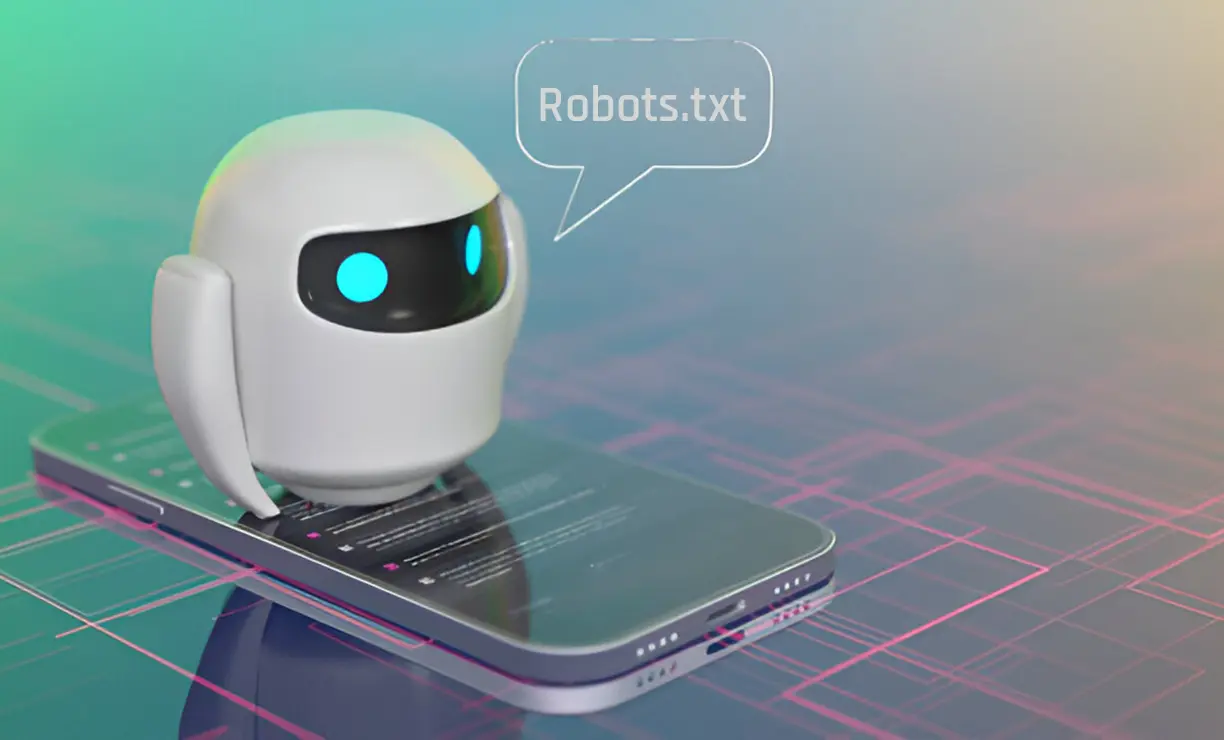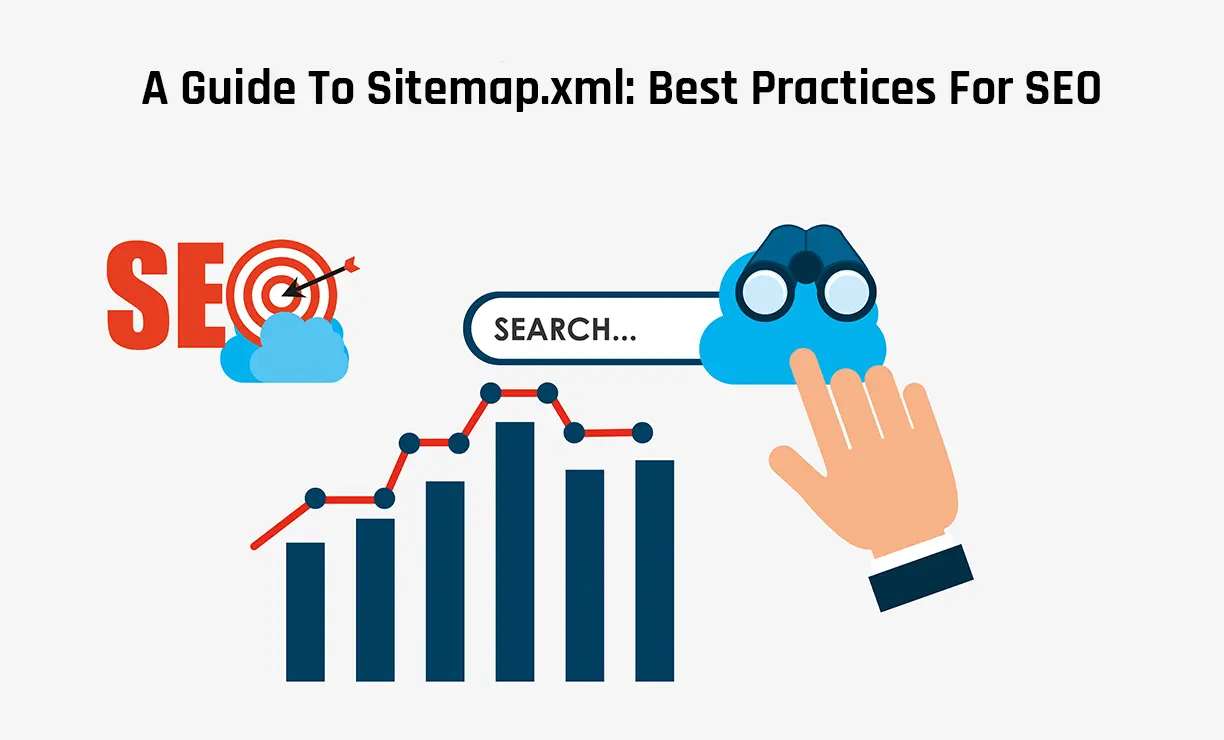Expect a new kind of web that just not only precisely deciphers what you try typing, but also comprehends everything you say, either through text, speech, or other communications, and where all of the material you intake is more personalised than before. We're on the verge of a new era in the evolution of the internet. Some founding members call it Web 3.0.
There are just a few initial Web 3.0 apps that exist today, but their true power cannot be seen until the latest internet is fully integrated into the web architecture.
What is Web 3.0?
Since its commencement, the Internet has developed rapidly. It has evolved from Internet Relay Chat (IRC) to social media becoming an important part of human connections.
Web 3.0 is the next era of Internet technology that highly depends on AI and machine learning (AI). Its goal is to develop more accessible, linked, and smart web pages and web apps that rely on machines taking the time to understand data.
Web 3.0 intends to have more targeted and obtain customized information much faster by utilising AI and innovative machine learning techniques. This can be accomplished through the advancement of intelligent search algorithms and Data Analytics. Static information or user-generated content, such as blogs and forums, are common features on today's websites. Though this permits data to be distributed to a large group of individuals, it may not meet the needs of a specific user. Comparable to the vibrancy of real-world human communication, a user should be designed to customise the data it offers to every user.
How did web 3.0 evolve?
Web 3.0 will emerge as a natural development of older web services blended with cutting-edge technologies such as Artificial intelligence and blockchain, along with increased user connectivity and internet usage. Internet 3.0 appears to be a step up from its predecessors, web 1.0 and 2.0.
Version 1.0 of the internet (1989-2005)
even though just providing access to special data with little to no user intervention, Web 1.0, also known as the Static Web, was the first and perhaps the most dependable internet in the 1990s. Constructing user pages or even posting comments on articles wasn't a thing back then.
Because there were no algorithms to sift through internet pages in Web 1.0, it was extremely difficult for consumers to find the necessary data. Put simply, this was like a one-way road with a limited sidewalk where the material was created by a small group of people and details was mostly gathered from files.
Web 2.0 (2005-present)
Kudos to breakthroughs in web applications like JavaScript, HTML, CSS, and others, the Social Internet, or Web 2.0, made the internet much more interactive, allowing startups to create interactive online platforms like YouTube, Instagram, Facebook, Wikipedia, and others. Since data can be dispersed and shared across multiple platforms and applications, online communities and user-generated content creation have flourished.
Web 3.0 (yet to arrive)
Web 3.0 is the upcoming step in the development of the internet, allowing it to process information with relatively close human intelligence by the use of AI technologies that can run smart programmes to help users.
The Semantic Web is designed to "autonomously" interact with systems, people, and home appliances. As a result, both individuals and devices will be involved in creating content and decision-making. This would allow for the intelligent production and sharing of highly personalised content to any internet user.
Properties of web 3.0
There are 4 primary characteristics of web 3.0
3D
Web 3.0 is also known as the Spatial Web as per certain futurists because it aims to cross the distinction between the tangible and the virtual by revolutionising display technology and introducing three-dimensional virtual worlds into sharp focus.
3D graphics, unlike their 2D equivalents, provide an innovative level of engagement not just in high tech gaming applications such as Decentraland, but in other industries such as property investment, wellness, e-commerce, and several others.
Semantics
The analysis of the connection among words is known as semantic(s). the Semantic Web allows computers to analyse large amounts of data from the Web, such as subject matter, money transfers, and connections between people.
By analysing information and applying semantics to the Web, machines will be able to decipher significance and emotional responses. As a result of the improved data connectedness, internet users would have a better user experience.
Artificial intelligence
Web 3.0 machines are intelligent because they can interpret and decode the significance and feelings transmitted by a set of data. Even though Web 2.0 has similar attributes, it is still primarily human-based, which allows for corrupt behaviours such as biased customer reviews, fraudulent ratings, and so on.
For example, online review platforms such as Trustpilot allow customers to leave feedback on any service or product. Sadly, a business can simply hire a group of people to write favourable reviews for its truly worthy products. As a result, to provide reliable data, the internet requires AI to understand how to differentiate the authenticity from the staged.
Having followed the Gamespot trading scandal, Google's AI system finally removed around 100,000 bad reviews of the Robinhood platform from the Play Store after it discovered efforts at rank deception meant to arbitrarily vote down the app. This
AI that is working will soon be integrated into Internet 3.0, allowing blog posts and other internet sites to skim through data and customise it to the preferences of individual users. AI will eventually be able to offer users the finest screened and impartial data possible as technology advances.
Ubiquity
Being or possessing the capability to be everywhere simultaneously, is referred to as ubiquity. To put it another way, omnipresent. In this sense, Web 2.0 is already ubiquitous because, for example, a Facebook user can instantaneously capture and publish an image, which becomes ubiquitous. After all, it is accessible to everyone, regardless of location, as long as it is connected to the social media site.
Web 3.0 merely takes it a step ahead by making the internet available to anyone, at any moment, anywhere. Because IoT (Internet of Things) technology would then bring forward a host of new applications such as smart gadgets, internet-connected gadgets will no longer be focused on computers and cell phones as they were in Web 2.0.
Application of web 3.0
The ability to absorb huge amounts of data and transform it into true information and helpful executions for customers is a general norm for a Web 3.0 application. That being said, these apps are in their beginning phases, which means they have a huge amount of potential and are a long way from how Web 3.0 apps might work.
Amazon, Apple, and Google are among the companies that are developing or have goods that are being transformed into Internet 3.0 applications. Siri and Wolfram Alpha are two applications that make use of Web 3.0 technologies.
Siri
Since its debut in the iPhone 4S model, Apple's voice-controlled AI assistant has become smarter and has grown its capabilities. Siri is capable of performing complex and personalised instructions using voice recognition and machine intelligence.
Siri and other AI assistants such as Amazon's Alexa as well as Samsung's Bixby can now comprehend queries like "where is the closest diner" and reply with relevant information.
Wolfram Alpha
It is a "computational knowledge generator" that, unlike search engines, answers your direct questions through computation rather than providing a list of websites. If you want to see the distinction between India and Brazil, search "India vs brazil" on Wolfram Alpha but also Google.
Since "football" is the most famous search, Google returns World Cup results even if you do not include "football" as a search term. In contrast, Alpha would provide you with a detailed comparison between the two nations, as you requested. That is the primary distinction between Web 2.0 and 3.0.
Why is web 3.0 better than its predecessors?
No main point of regulation: As middlemen are no longer in the picture, user data would no longer be under their control. This decreases the possibility of government or corporate censoring, as well as the efficiency of Denial-of-Service (DoS) threats.
Enhanced information intercommunication: Since more goods access the internet, bigger data sets give extra data for algorithms to analyse. This will allow them to get more reliable information that is tailored to the specific customers' requirements.
More effective browsing: Seeking the perfect result while using search results used to be somewhat difficult. They have, even so, improved their ability to find semantically useful results depending on search framework and metadata over time. As a consequence, web browsing becomes more useful, allowing anyone to determine the correct data they require with great ease.
Social tagging processes were also established as part of Web 2.0, but they can tamper. Artificial intelligence can filter tricked results using smarter algorithms.
Improved marketing and advertising: No one enjoys being barraged with online advertisements. However, if the advertisements are pertinent to one's needs and interests, they may be beneficial rather than annoying. By utilising smarter AI systems and specifically targeting viewers based on customer data, Web 3.0 focuses on improving advertising.
Improved customer service: When it comes to web-based applications, excellent customer service is essential for a pleasant consumer experience. However, many best website services are still unable to measure their customer support operations as a result of the high costs. Users can have a better experience of dealing with customer support by using smarter bots that can communicate with multiple customers at the same time.
Conclusion
The new internet will offer a more personalised and tailored browsing experience, as well as a better and much more human-like browse assistant and other decentralised benefits, all of which are hoped to contribute towards a more fair and equal web. This will be accomplished by enabling each independent user to take control over the information and improving the overall experience through a variety of innovations that will be implemented once it is in the spot.
Almost all of today's ordinarily offline machines, from household appliances like cookers, vacuums, and fridges to all modes of transportation, would come under the IoT economy, communicating with its independent servers and decentralised applications (DApps), and progressing modern digital worlds such as blockchain technology and digital assets to power a slew of new tech "divine intervention" for the twenty-first century.
